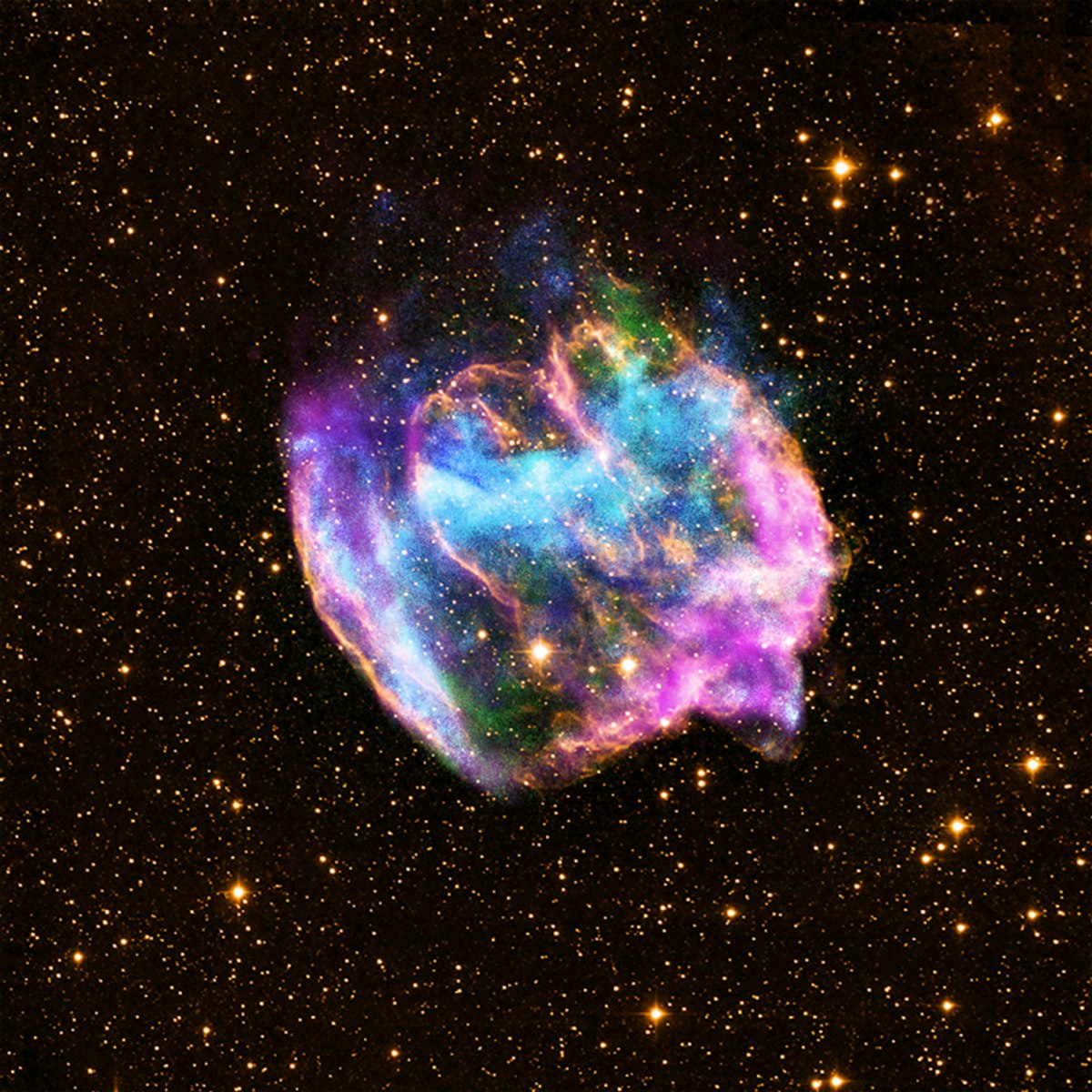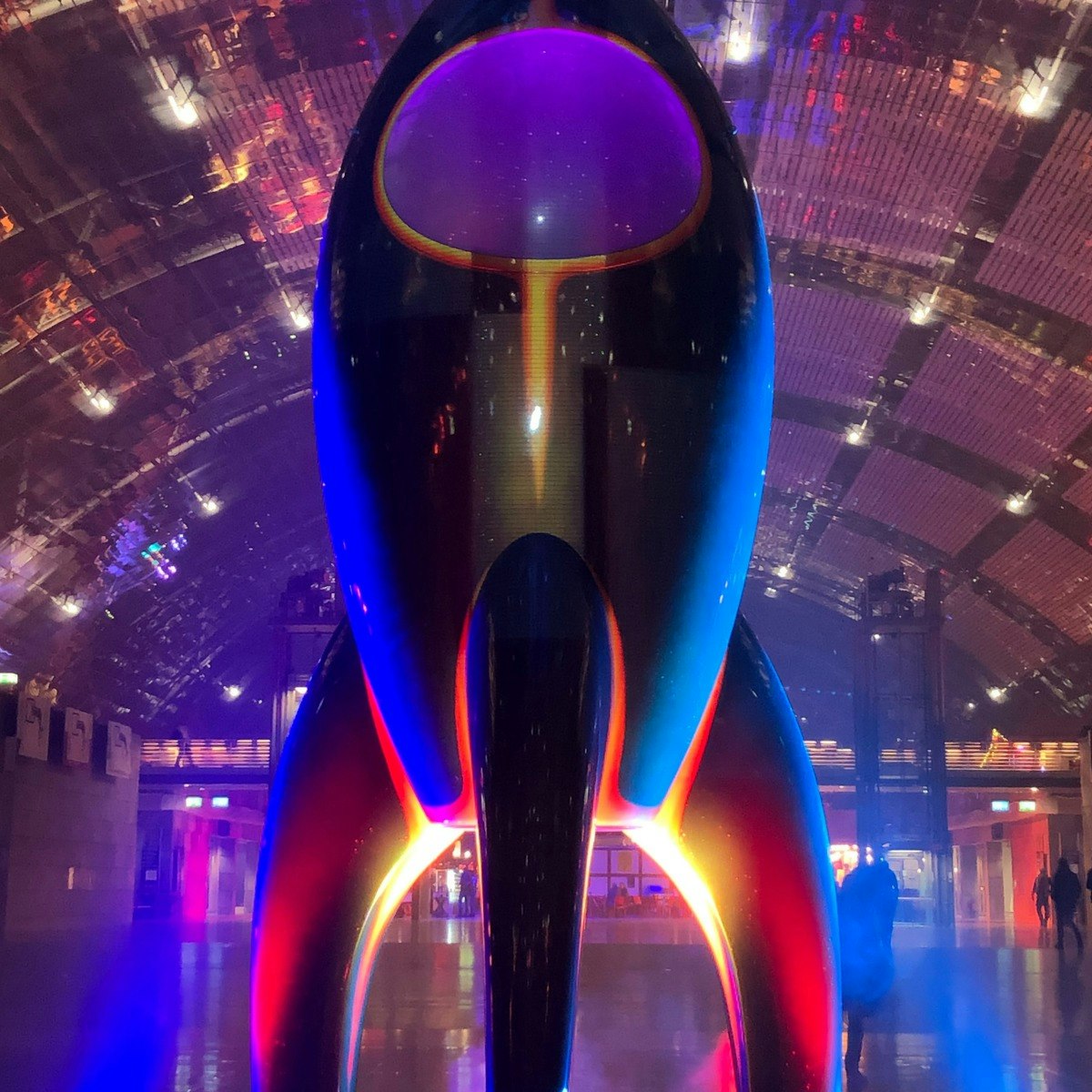Back to Courses









Physics And Astronomy Courses - Page 4
Showing results 31-40 of 87

Analyzing Thermodynamics Processes using Wolfram notebook
In this 1-hour long project-based course, you will learn to compute & analysis of thermodynamic processes viz Adiabatic process ,Isobaric process, Isochoric process, Isothermal and polytropic process.This project gives you easy access to the invaluable learning techniques used by experts in Physics. We’ll learn about the how the brain uses two very different learning modes and how it encapsulates (“chunks”) information. We’ll cover through the best practices shown by research to be most effective in helping you master tough topics of physics.Using these approaches, no matter what your skill levels in topics you would like to master, you can change your thinking and change your attitude towards physics.Classical thermodynamics considers three main kinds of thermodynamic process: (1) changes in a system, (2) cycles in a system, and (3) flow processes.(1) A change in a system is defined by a passage from an initial to a final state of thermodynamic equilibrium. In classical thermodynamics, the actual course of the process is not the primary concern, and often is ignored. A state of thermodynamic equilibrium endures unchangingly unless it is interrupted by a thermodynamic operation that initiates a thermodynamic process.(2) A cyclic process carries the system through a cycle of stages, starting and being completed in some particular state. The descriptions of the staged states of the system are not the primary concern.(3) Defined by flows through a system, a flow process is a steady state of flows into and out of a vessel with definite wall properties. The internal state of the vessel contents is not the primary concern.

Quantum Optics 2 - Two photons and more
"Quantum Optics 1, Single photons", allowed learners to be introduced to the basic principles of light quantization, and to the standard formalism of Quantum Optics. All the examples were taken in single photons phenomena, including applications to quantum technologies.
In the same spirit, "Quantum Optics 2, Two photons and more", will allow learners to use the Quantum Optics formalism to describe entangled photon, a unique feature at the root of the second quantum revolution and its applications to quantum technologies. Learners will also discover how the Quantum Optics formalism allows one to describe classical light, either coherent such as laser light, or incoherent such as thermal radiation. Using a many photons description, it is possible to derive the so-called Standard Quantum Limit (SQL), which applies to classical light, and to understand how new kinds of quantum states of light, such as squeezed states of light, allow one to beat the SQL, one of the achievements of quantum metrology. Several examples of Quantum Technologies based on entangled photons will be presented, firstly in quantum communication, in particular Quantum Teleportation and Quantum Cryptography. Quantum Computing and Quantum Simulation will also be presented, including some insights into the recently proposed Noisy Intermediate Scale Quantum (NISQ) computing, which raises a serious hope to demonstrate, in a near future, the actively searched quantum advantage, ie, the possibility to effect calculations exponentially faster than with classical computers.

Light Emitting Diodes and Semiconductor Lasers
This course can also be taken for academic credit as ECEA 5605, part of CU Boulder’s Master of Science in Electrical Engineering degree.
LEDs and Semiconductor Lasers Course Introduction
You will learn about semiconductor light emitting diodes (LEDs) and lasers, and the important rules for their analysis, planning, design, and implementation. You will also apply your knowledge through challenging homework problem sets to cement your understanding of the material and prepare you to apply in your career.
Course Learning Outcomes
At the end of this course you will be able to…
(1) Design a semiconductor light emitting diode and analyze efficiency
(2) Design a semiconductor laser
(3) Choose suitable semiconductor materials for light emitting devices

Cyber-Physical Systems: Modeling and Simulation
Cyber-physical systems (CPS for short) combine digital and analog devices, interfaces, networks, computer systems, and the like, with the natural and man-made physical world. The inherent interconnected and heterogeneous combination of behaviors in these systems makes their analysis and design an exciting and challenging task.
CPS: Modeling and Simulation provides you with an introduction to modeling and simulation of cyber-physical systems. The main focus is on models of physical process, finite state machines, computation, converters between physical and cyber variables, and digital networks. The instructor of this course is Ricardo Sanfelice (https://hybrid.soe.ucsc.edu), Associate Professor in the Department of Computer Engineering at the University of California Santa Cruz.

Archaeoastronomy
Archaeoastronomy is the “science of stars and stones”. It is an interdisciplinary science in between architecture, archaeology, and astronomy. It studies the relationships between the ancient monuments and the sky, in order to gain a better understanding of the ideas of the architects of the past and of their religious and symbolic world. The course provides the first complete, easy introduction to this fascinating discipline.
During the course, many spectacular ancient sites of archaeology – such as Stonehenge in England, Giza and Karnak in Egypt, Chichen Itzá in the Yucatan, Macchu Picchu in Peru and the Pantheon in Rome – will be visited and the fascinating events occurring there in special days of the year (such as solstices, equinoxes, or the day of the foundation of Rome) will be shown and explained. The course also provides the necessary background on Astronomy with the naked eye and a general introduction to the role of Astronomy in religion and in the management of power among ancient cultures.

Analyzing the Universe
Using publicly available data from NASA of actual satellite observations of astronomical x-ray sources, we explore some of the mysteries of the cosmos, including neutron stars, black holes, quasars and supernovae. We will analyze energy spectra and time series data to understand how these incredible objects work. We utilize an imaging tool called DS9 to explore the amazing diversity of astronomical observations that have made x-ray astronomy one of the most active and exciting fields of scientific investigation in the past 50 years.
Each week we will explore a different facet of x-ray astronomy. Beginning with an introduction to the nature of image formation, we then move on to examples of how our imaging program, DS9, can aid our understanding of real satellite data. You will using the actual data that scientists use when doing their work. Nothing is "canned". You will be able to appreciate the excitement that astronomers felt when they made their important discoveries concerning periodic binary x-ray sources, supernovae and their remnants, and extragalactic sources that have shaped our understanding of cosmology.
Advanced Capstone Spacecraft Dynamics and Control Project
This capstone course is the 3rd and final course of the specialization Advanced Spacecraft Dynamics and Control. It assumes you have completed the prior courses on "Attitude Control with Momentum Exchange Devices" and "Analytical Mechanics for Spacecraft Dynamics". This project course investigates the dynamics of a complex spacecraft system where there is a rigid hub onto which a hinged panel is attached. This simulates a spacecraft with a time varying geometry.
First, the three-dimensional kinematics of this system are explored. Analytical relationships of the body and panel position and velocity states are derived, and the center of mass properties of this system are explored.
Next, a simplified system is used to use Lagrange's equations of motion to predict the dynamical response. With these differential equations we are then able to apply attitude control torques and investigate the rotational response if the spacecraft hub has a spring-hinged panel attached. Two open-loop control torque solutions are investigated. The classical minimum time bang-bang control solution is applied first, illustrating how such a control can yield unwanted panel oscillations. Finally, a filtered version of the bang-bang control is applied to illustrated how the panel oscillations can be significantly reduced at the cost of a slightly longer nominal maneuver time.

New Space: Access to space - Basics
The spirit of NewSpace is revolutionizing our vision of access to space. Reading keys will enable you to understand the technological and strategic challenges in games with new rules, fixed by ambitious players. Combine the new technologies and management of space access with the classical paradigm of the existing space context.
It is difficult to give a definition of the New Space, but we can say that there are several aspects that characterize the New Space and access to space in the New Space: innovation, private actors, reducing the price of access to space, space for all, awareness of societal challenges.
In this course, you will first acquire basic knowledge to understand how to access space. This will concern mission analysis, launchers, and rocket engines design. This introductory information will help you to understand what characterizes space access in the New Space in relation to three main aspects:
1. Methodologies of design, development, and production of launchers and rockets
2. Innovative technologies
3. Sustainable space with the future development of green launchers, towards a green space

The Diversity of Exoplanets
In this MOOC, you will have the opportunity to practice several methods of detection and characterisation of exoplanets.
You will discover their statistical properties and the current state of knowledge we have in this very recent field of research. You will also understand the limitations and biases of the different detection techniques.
At the end of this MOOC, you will have a good general understanding of the methods of detection and characterisation of exoplanets and their atmosphere. You will also have a basic understanding of spectroscopy and light curve analysis.
All this knowledge will help you to participate in and understand citizen science projects.
The original version of the MOOC dates from 2014 and some of the content has been updated in 2020 to take into account the progress of research in the field.

Density Functional Theory
The aim of this course is to give a thorough introduction to Density Functional Theory (DFT). DFT is today the most widely used method to study interacting electrons, and its applicability ranges from atoms to solid systems, from nuclei to quantum fluids.
In this course, we introduce the most important concepts underlying DFT, its foundation, and basic ideas. We will in particular stress the features and reasons that lead DFT to become the dominant method for simulating quantum mechanical systems.
The course is intended for students and researchers with knowledge of basic quantum mechanics. No experience in simulation or solid-state physics is required. We try to give a concise mathematical background when particular concepts are needed.
Popular Internships and Jobs by Categories
Find Jobs & Internships
Browse
© 2024 BoostGrad | All rights reserved